Description
Creating a **Preschool Learning Activities Kindergarten Book** can be an excellent resource for early childhood education. This book can include a variety of engaging, hands-on activities designed to develop foundational skills in young children, such as motor skills, language development, social-emotional growth, and cognitive abilities. Below are ideas for sections you could include in the book:
### 1. **Letter and Number Recognition**
– **Activity 1**: **Alphabet Tracing**
– **Materials**: Printable pages with dotted letters to trace.
– **Objective**: Help children practice letter recognition and writing skills.
– **Instructions**: Children can trace the letters and then try to write them independently.
– **Activity 2**: **Number Line Hop**
– **Materials**: A large number line on the floor or paper.
– **Objective**: Recognize and count numbers.
– **Instructions**: Children hop to different numbers as you call them out.
### 2. **Shapes and Colors**
– **Activity 1**: **Shape Sorting**
– **Materials**: Various shape cutouts (circles, squares, triangles) and containers to sort them into.
– **Objective**: Learn to identify different shapes and categorize them.
– **Instructions**: Children sort the shapes by type or color.
– **Activity 2**: **Color Mixing with Paint**
– **Materials**: Primary colored paints (red, yellow, blue), paintbrushes, and paper.
– **Objective**: Learn about primary colors and color mixing.
– **Instructions**: Children mix the paints to create secondary colors.
### 3. **Fine Motor Skills**
– **Activity 1**: **Bead Stringing**
– **Materials**: Large beads and string or pipe cleaners.
– **Objective**: Develop hand-eye coordination and fine motor skills.
– **Instructions**: Children string beads to create necklaces or patterns.
– **Activity 2**: **Play Dough Sculpting**
– **Materials**: Playdough in various colors.
– **Objective**: Strengthen hand muscles and creativity.
– **Instructions**: Children use playdough to create simple shapes or figures.
### 4. **Science Exploration**
– **Activity 1**: **Planting Seeds**
– **Materials**: Small pots, soil, seeds (e.g., sunflower), and watering can.
– **Objective**: Learn about plant growth.
– **Instructions**: Children plant seeds and water them, observing the growth process.
– **Activity 2**: **Sink or Float Experiment**
– **Materials**: A large bowl of water and various small objects (wooden block, stone, plastic toy, etc.).
– **Objective**: Learn about buoyancy and make predictions.
– **Instructions**: Children predict whether objects will sink or float, then test them.
### 5. **Literacy Activities**
– **Activity 1**: **Story Sequencing**
– **Materials**: Picture cards that represent a story (e.g., planting a tree, baking cookies).
– **Objective**: Understand story structure and sequencing.
– **Instructions**: Children arrange the picture cards in the correct order to tell a story.
– **Activity 2**: **Rhyming Word Fun**
– **Materials**: Flashcards with pictures (e.g., hat, cat, mat).
– **Objective**: Recognize rhyming words.
– **Instructions**: Children match pictures that rhyme, such as “hat” with “cat.”
### 6. **Social-Emotional Activities**
– **Activity 1**: **Feelings Chart**
– **Materials**: A chart with pictures of different emotions (happy, sad, angry, etc.).
– **Objective**: Help children identify and express their feelings.
– **Instructions**: Children can point to the face that matches how they’re feeling that day.
– **Activity 2**: **Sharing Game**
– **Materials**: Toys or small objects to share.
– **Objective**: Practice sharing and taking turns.
– **Instructions**: Play a simple game that requires children to share objects or take turns.
### 7. **Creative Arts**
– **Activity 1**: **Sticker Art**
– **Materials**: Stickers, construction paper, and markers.
– **Objective**: Foster creativity and fine motor skills.
– **Instructions**: Children decorate the paper using stickers and drawing.
– **Activity 2**: **Music and Movement**
– **Materials**: Musical instruments or homemade ones (like shakers), space for dancing.
– **Objective**: Develop rhythm and gross motor skills.
– **Instructions**: Play music and encourage children to move, dance, or play instruments.
### 8. **Math Skills**
– **Activity 1**: **Counting Blocks**
– **Materials**: Blocks or cubes.
– **Objective**: Develop counting and number recognition skills.
– **Instructions**: Children count out blocks and then group them by number.
– **Activity 2**: **Shape Patterns**
– **Materials**: Cut-out shapes (circles, triangles, squares).
– **Objective**: Learn about patterns.
– **Instructions**: Children create repeating patterns using different shapes.
### 9. **Physical Activity**
– **Activity 1**: **Animal Movements**
– **Materials**: No special materials needed.
– **Objective**: Improve gross motor skills through movement.
– **Instructions**: Call out an animal (e.g., “jump like a frog”) and have children mimic the movement.
– **Activity 2**: **Obstacle Course**
– **Materials**: Furniture or toys for creating obstacles.
– **Objective**: Encourage physical activity and problem-solving.
– **Instructions**: Set up a simple obstacle course for children to navigate.
### 10. **Interactive Learning**
– **Activity 1**: **Interactive Storybook**
– **Materials**: A storybook with flaps, textures, or sound buttons.
– **Objective**: Encourage literacy and sensory exploration.
– **Instructions**: Read the story together, exploring the textures and sounds.
– **Activity 2**: **I Spy Game**
– **Materials**: A picture or classroom environment.
– **Objective**: Develop attention to detail and vocabulary.
– **Instructions**: Children take turns playing “I Spy” by describing objects they see.
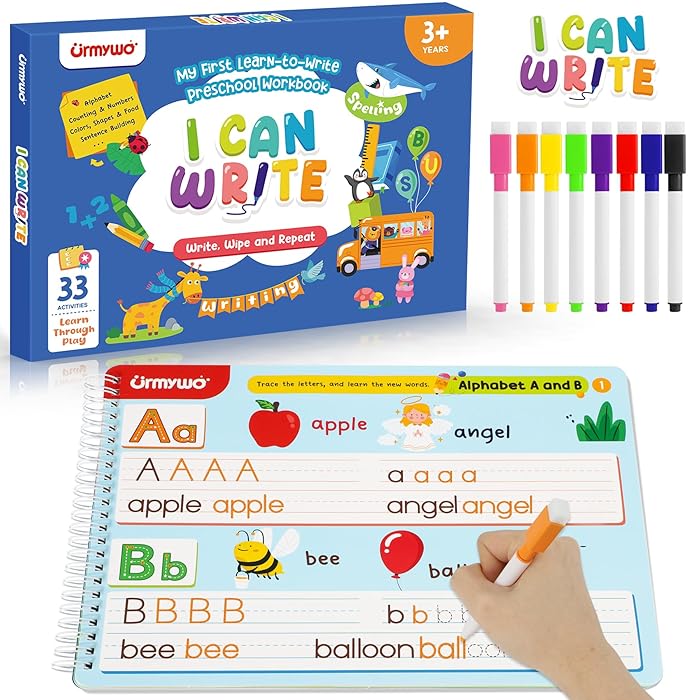
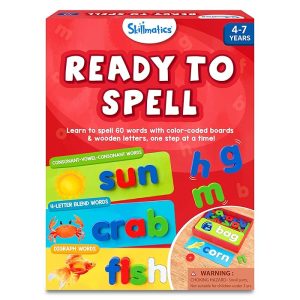
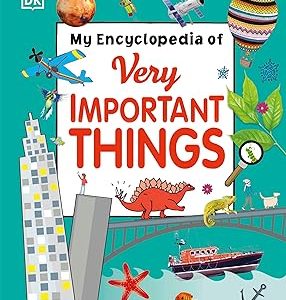
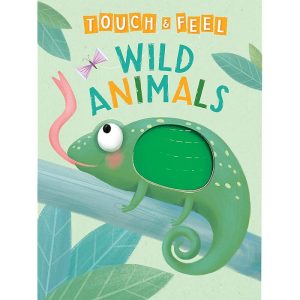
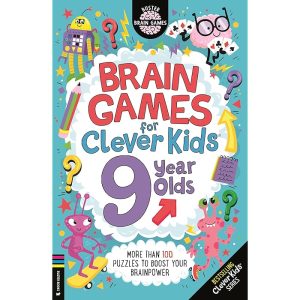
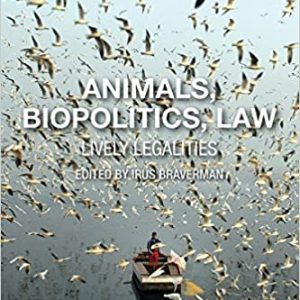
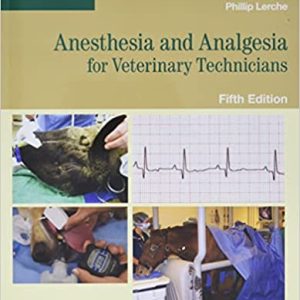

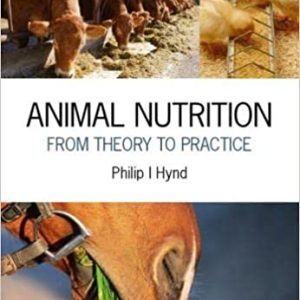

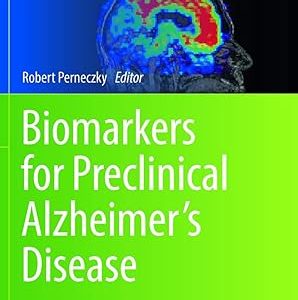

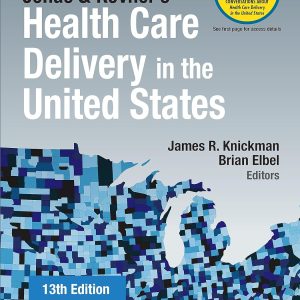


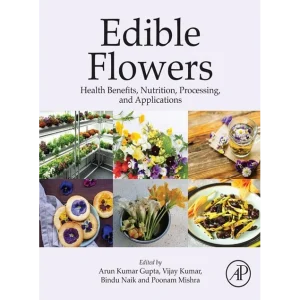
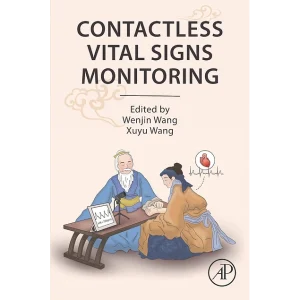

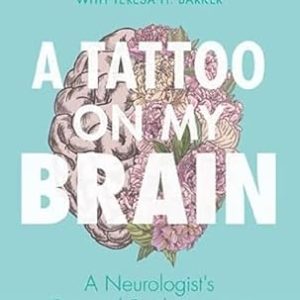
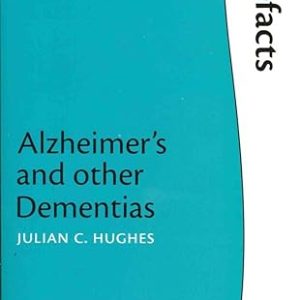
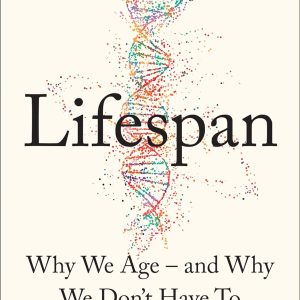

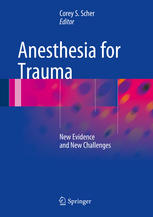
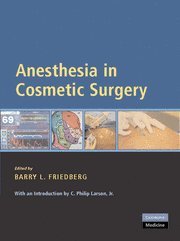
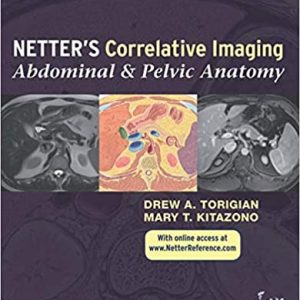
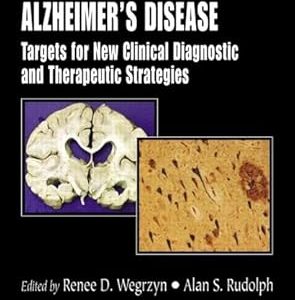
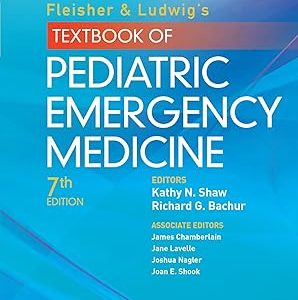
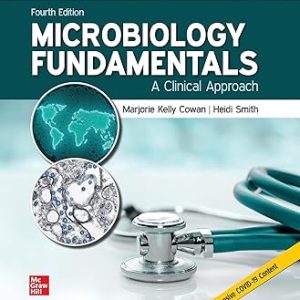
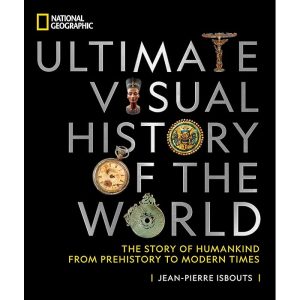
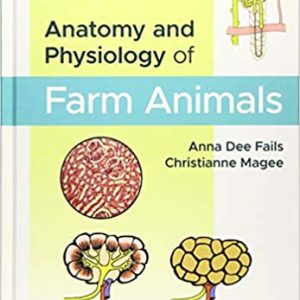

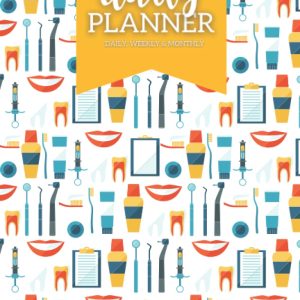
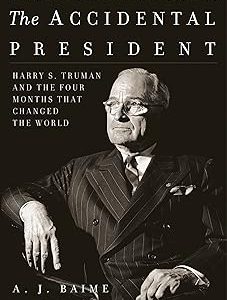

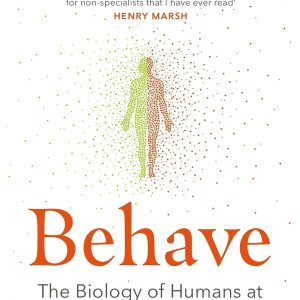


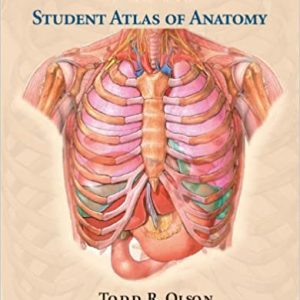
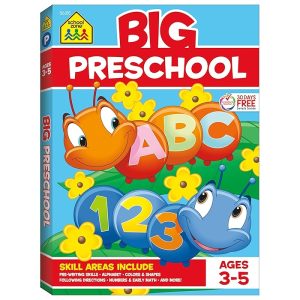

Reviews
There are no reviews yet.